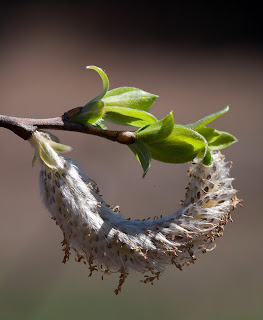I recently picked up a copy of this intriguing book by Michael Wilcox upon a recommendation by Katharine. I'd like to spend some time working through the book's exercises and presenting the results here. Now, I know I'm bounding about from subject to subject but what's a newcomer to the world of art to do? Everything is
so interesting.
I do want to better understand color mixing and I think this book will help. The book's title may leave one wondering if I'm perhaps off on a bad track but an initial read leaves me thinking...
Here's what I see as the kernel. Mixing pigments does not "create" a new color. The resulting color of a mix is actually a subtraction. For example, when blue and yellow are mixed, the yellow and blue are canceled out leaving available for view any contained green. This premise may not be clear at this time, but as I present out some exercises, we will together see just how well this viewpoint holds water.
Here are the colors we'll be working with:
Orange-Red Cadmium Scarlet PR108 (Cadmium Red Light)
Violet-Red Permanent Rose PV19 (Quinacridone Violet)
Violet-Blue French Ultramarine PB29
Green-Blue Cerulean Blue PB35
Green-Yellow Winsor Lemon PY175 (Hansa Yellow)
Orange-Yellow Cadmium Yellow PO20 (Cadmium Yellow Light)
I did make minor replacements from the listed reds and yellows. (The listed colors are in parentheses above.) They are all kinda sorta primaries but none of them would be considered "pure" primaries. Each pigment leans towards one of its adjacent secondaries.
I've penciled in the boxes on a sheet of hot pressed and cleaned off my palette. I'm ready to start in on the first exercise-- grayed violets using orange-red and green-blue. What's important to notice is that neither color has violet in its name.
Okay, this lays in the basics. Now I'm going to get into some color mixing and should be posting color charts tomorrow! :-)



















































